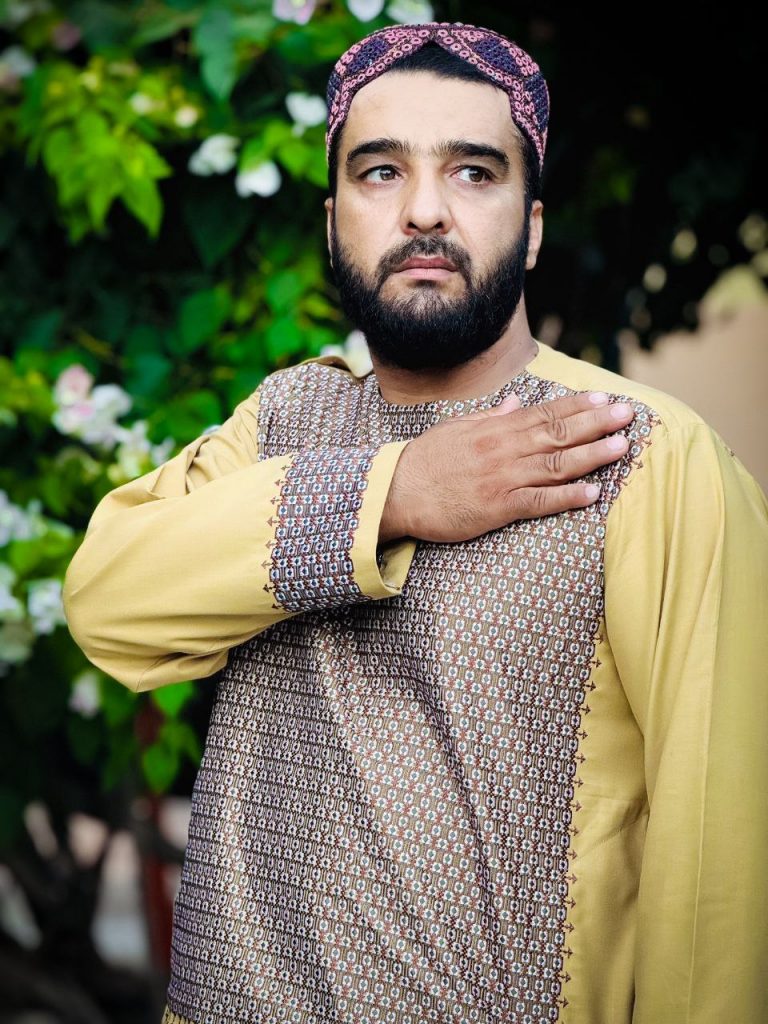If you have ever looked for clothing that feels truly one of a kind and tells a deeper story, you will know how difficult it can be. Most garments look nice on a hanger, but they rarely carry the weight of heritage or the emotional connection that comes with a true cultural piece. However, Kandahari embroidery—known as Khamak—offers a quiet kind of brilliance. It combines geometric precision, hand‑stitched depth, and symbolism that, in fact, elevates any Afghan embroidered dress without overwhelming it.
For cultural enthusiasts and collectors, understanding how this embroidery is made and how to choose the right piece turns a beautiful garment into something genuinely meaningful. Therefore, in this guide you will discover its technique, history, and meaning. Moreover, you will see how Our Kandahari Clothes keeps that tradition alive while ensuring your piece fits well and feels perfect.
What Kandahari Embroidery Really Is
Kandahari embroidery, or Khamak, remains one of Afghanistan’s most prized textile traditions. Artisans do not trace patterns on fabric. Instead, they count the threads stitch by stitch, creating crisp geometric forms with perfect symmetry.
When used on men’s garments like a Perahan Tunban, Khamak often appears at the collar, cuffs, placket, or on a neat chest panel. As a result, the details feel intentional, elegant, and never overpowering. You often spot them during greetings at weddings or in cherished family photographs.
Kandahari Embroidery Technique
The process begins with the artisan identifying the grid hidden within the weave of the fabric. Consequently, every stitch follows a precise structure.
Firstly, silk threads bring a soft glow and smooth finish. Secondly, a fine cotton or wool base keeps garments breathable for long wear during full‑day celebrations. The back often looks almost as perfect as the front, which shows the discipline behind every piece.

The Meaning Behind the Patterns
These stitches reflect more than decoration. They take inspiration from Islamic geometric art, which values balance, repetition, and harmony. Indeed, on a man’s dress this restraint is deliberate. It communicates dignity, respect, and confidence.
Moreover, color plays a role:
- Tonal or neutral thread blends create quiet elegance for formal and religious occasions.
- Jewel tones such as emerald, sapphire, and ruby signal celebration and evening gatherings.
Because the design’s appeal lies in its structure, it stays relevant for decades.
How to Recognize Authentic Kandahari Embroidery
Spotting true hand embroidery takes a trained eye, but a few checks will help:
- Firstly, authentic Khamak shows tiny variations that confirm human skill.
- Secondly, the silk thread lies smooth without puckering the fabric.
- Additionally, corners stay crisp rather than rounded.
- Finally, the back has logical thread turns and neat management.
As a result, if the seller cannot name the region, artisan, or technique, treat it as decorative rather than authentic craft.
Choosing the Right Piece
Firstly, think about the occasion. For religious or formal settings, choose tonal Khamak on deep neutrals like navy or charcoal. For evening celebrations, richer contrasts and jewel tones work beautifully.
Secondly, examine the craftsmanship. The stitches must be even, the design balanced, and the placement thoughtful so embroidery does not rub during movement.
Finally, ask for the story. In addition, knowing the artisan’s name, the region, and how it was made turns a purchase into an heirloom.
Styling Tips for Quiet Presence
For a wedding, imagine a deep‑blue Perahan Tunban with tone‑on‑tone embroidery at the cuffs and a matte waistcoat. Additionally, consider polished shoes to complete the look.
At a cultural showcase, a chest‑panel Khamak worn with a plain shawl directs full attention to the geometry. Accessories should echo, not compete. For example, choose a clean‑lined ring, simple cufflinks, or a textured shawl for balance.
Caring for Your Piece
Your Kandahari garment will last decades if cared for properly. Spot clean whenever possible. If you must wash, turn it inside out and use cool water with mild soap. Afterward, lay it flat in the shade. Press from the reverse side with low heat and a pressing cloth. Finally, store it on a padded hanger or fold with tissue for support.
Over time, stitches may soften but still retain their clarity—a patina that many collectors cherish.
How Our Kandahari Clothes Make It Easy
Collectors often struggle to find genuine handwork, the right fit, and garments comfortable enough for day‑long events. Our Kandahari Clothes addresses all three. We collaborate directly with Kandahar artisans to ensure every eligible piece carries real Khamak. Our team carefully selects fabrics for breathability and structure, making them comfortable for long wear. In addition, we offer custom sizing so the shoulders, sleeves, and hem fall exactly where they should. We include provenance notes and care cards with each piece to keep its story alive.
A Quick Checklist
- Is the embroidery counted and geometric?
- Does the silk thread have an even sheen?
- Is the back neat?
- Was the artisan named?
- Are care instructions included?
Final Thoughts
Ultimately, Kandahari embroidery stands out not for loudness but for precision, intention, and humanity. On a well‑made Afghan embroidered dress, it creates beauty that reveals itself over time. Therefore, when craft, comfort, and provenance come together, the result is unforced elegance. For anyone seeking that balance, Our Kandahari Clothes offers pieces to wear, cherish, and keep.
Дизайнерская мебель премиум класса — это воплощение изысканного стиля и безукоризненного качества.
Дизайнерская мебель предлагает уникальные решения для интерьеров. Многие дизайнеры предлагают кастомизированные решения, которые подчеркивают индивидуальность владельца.